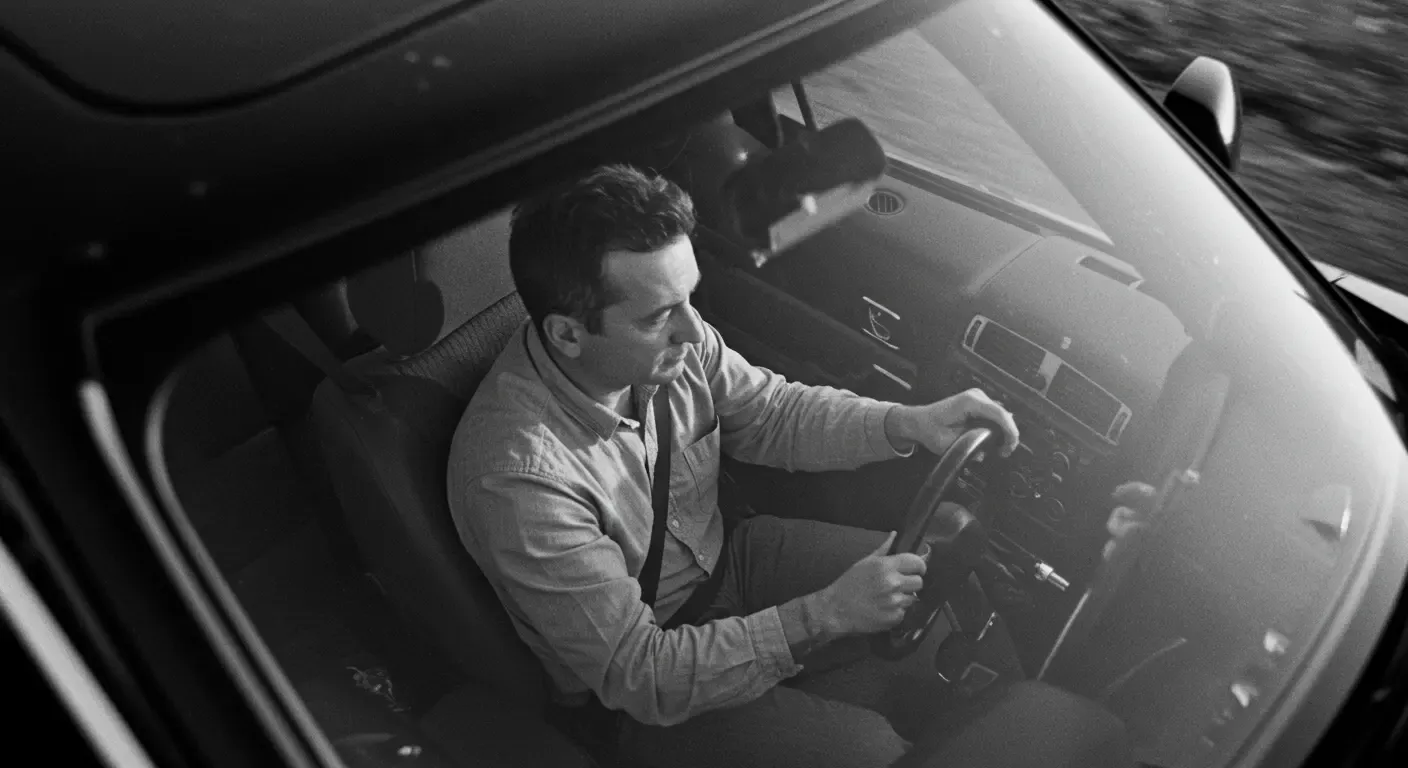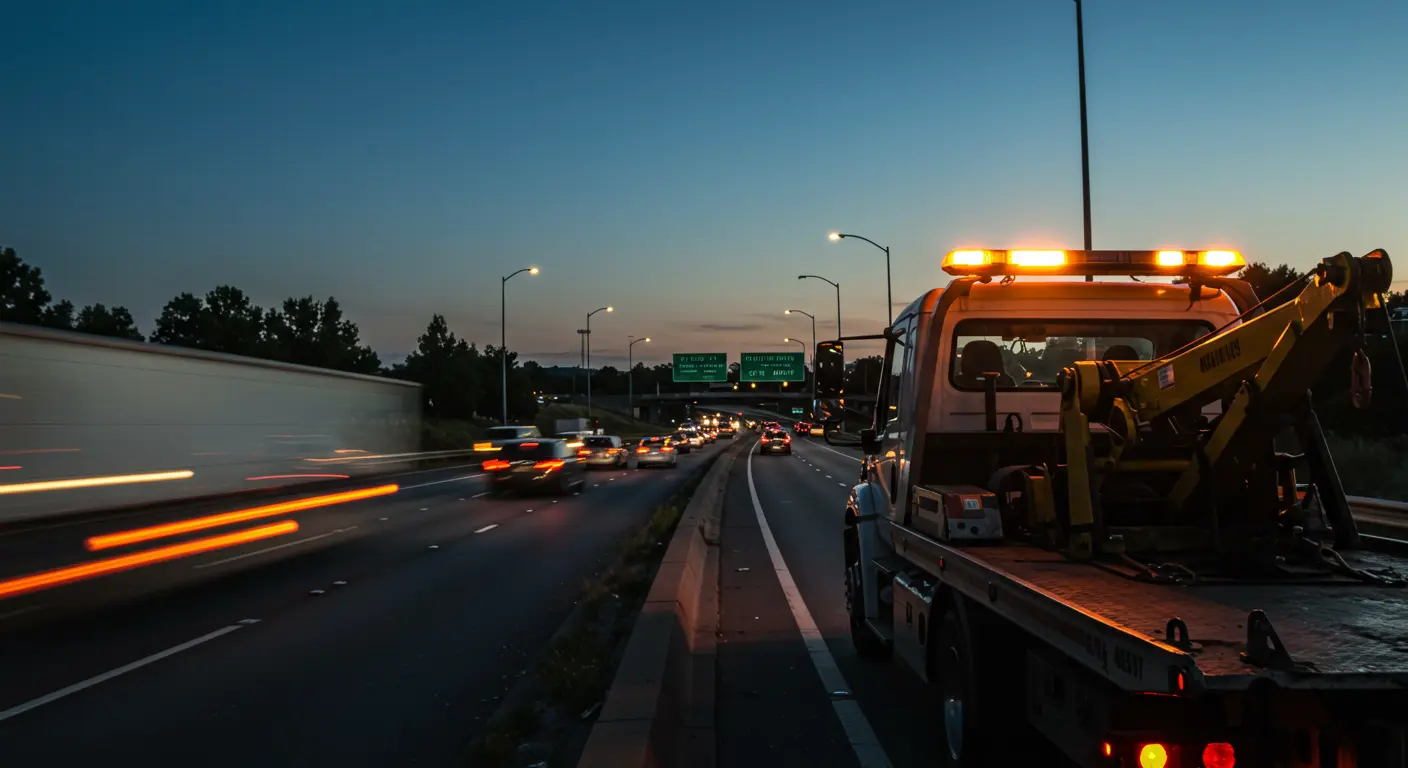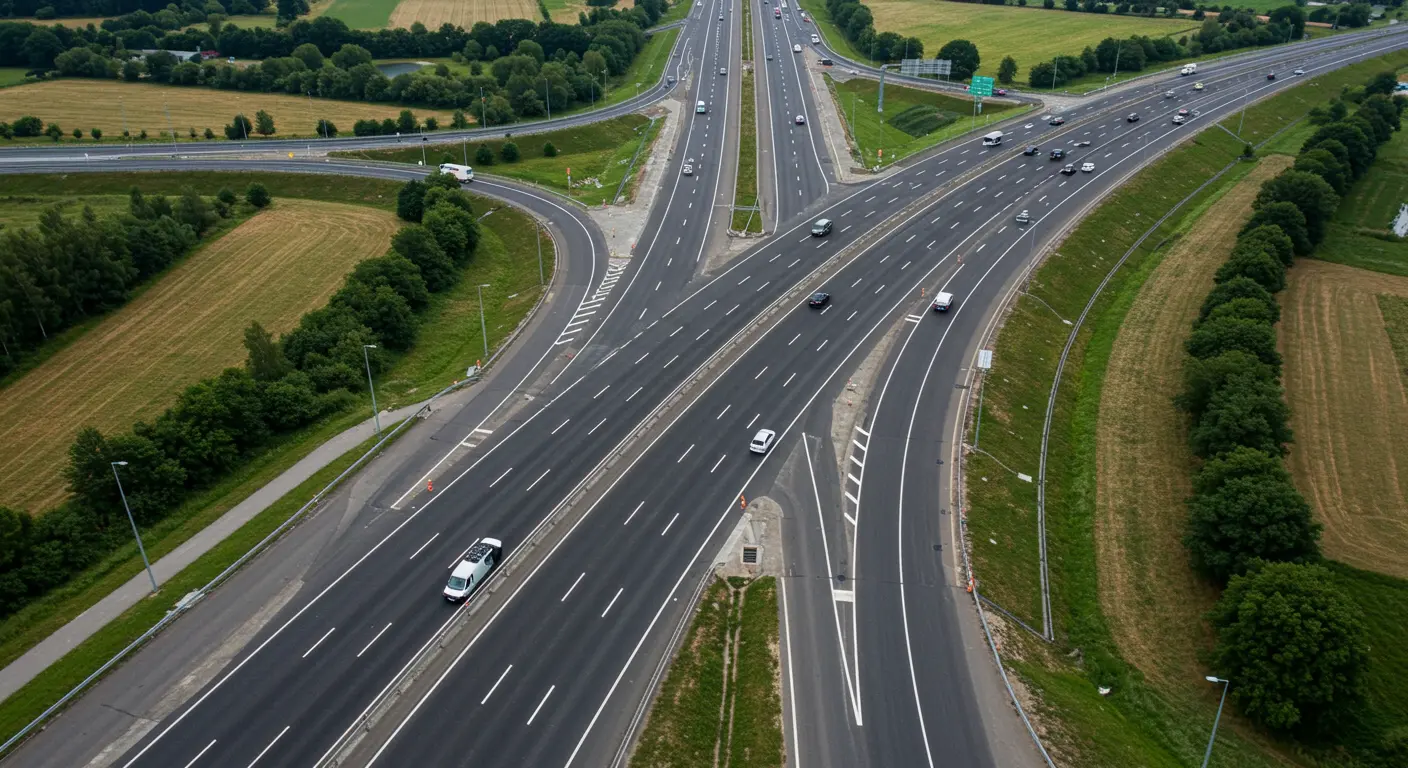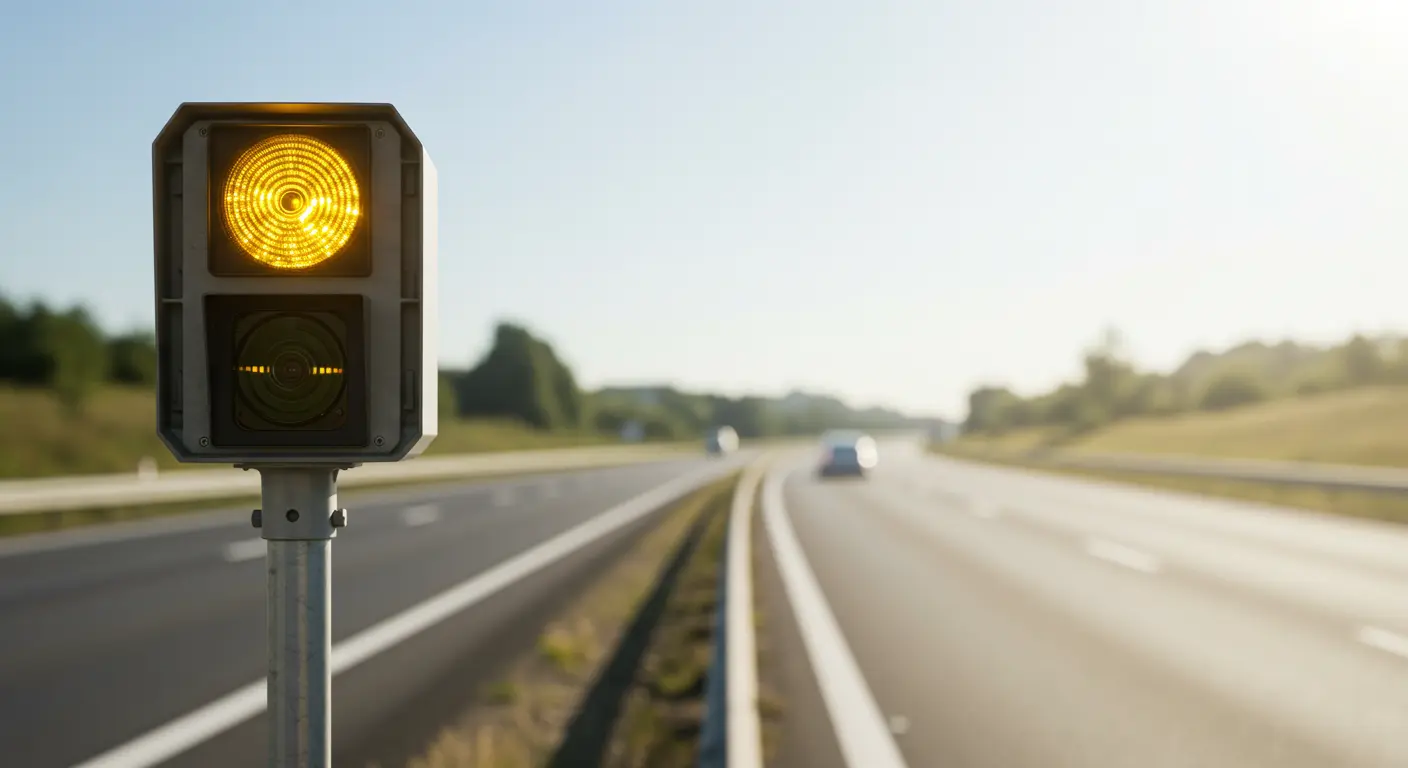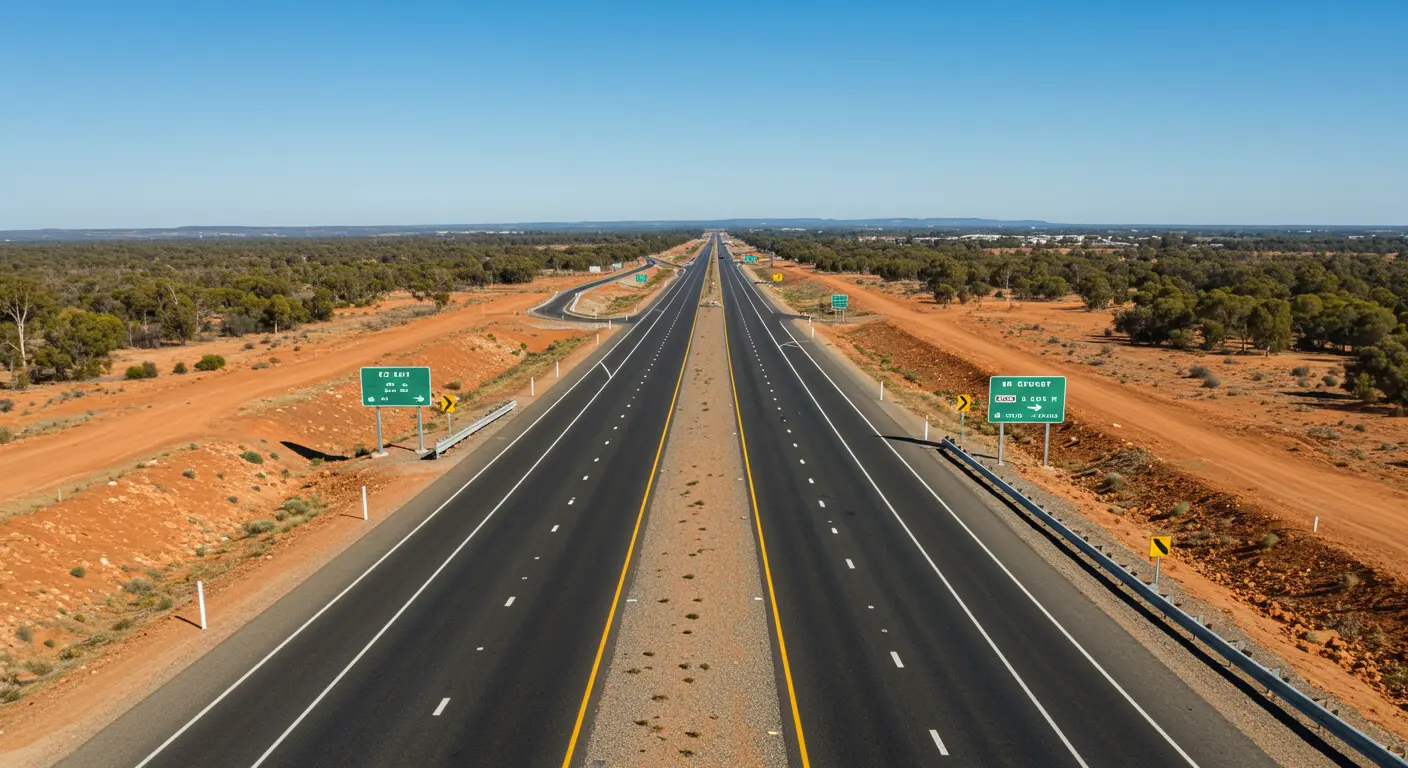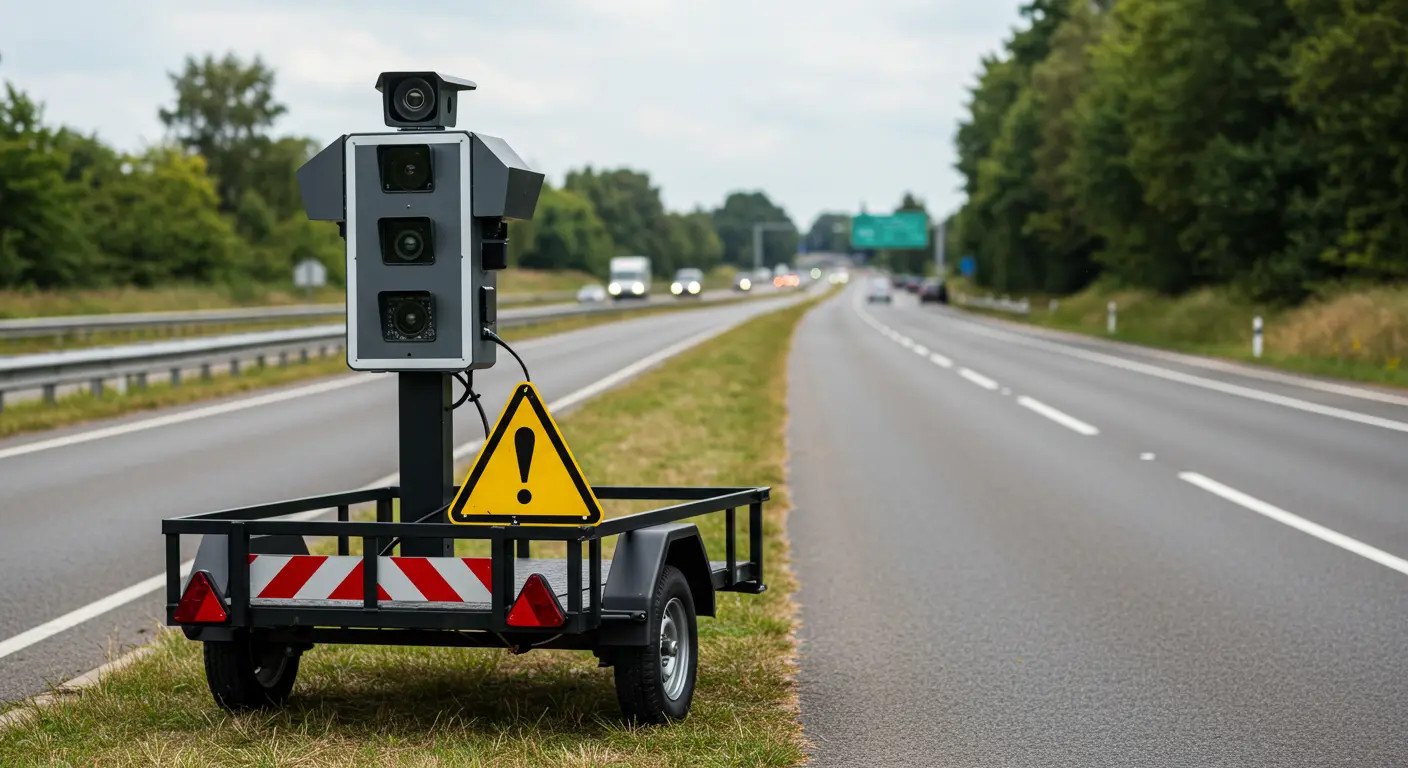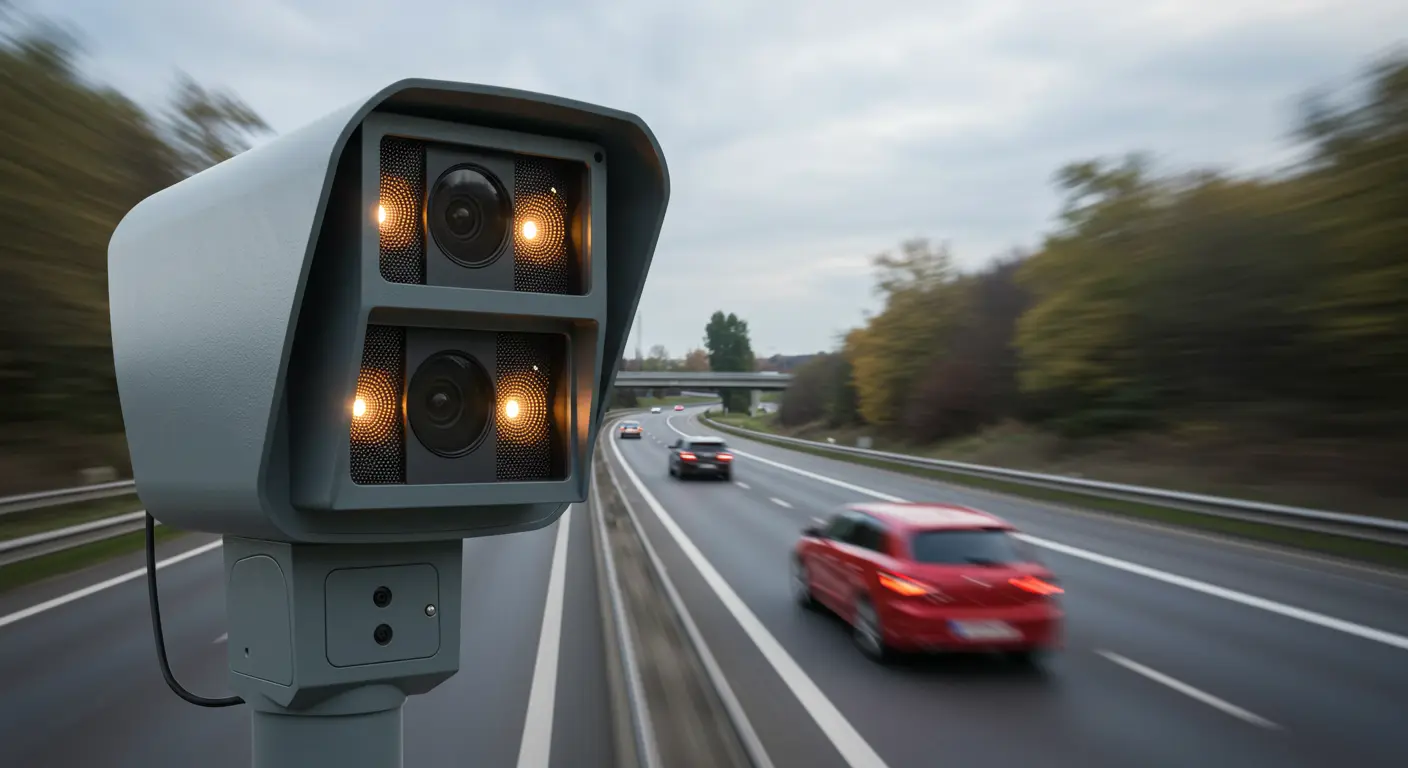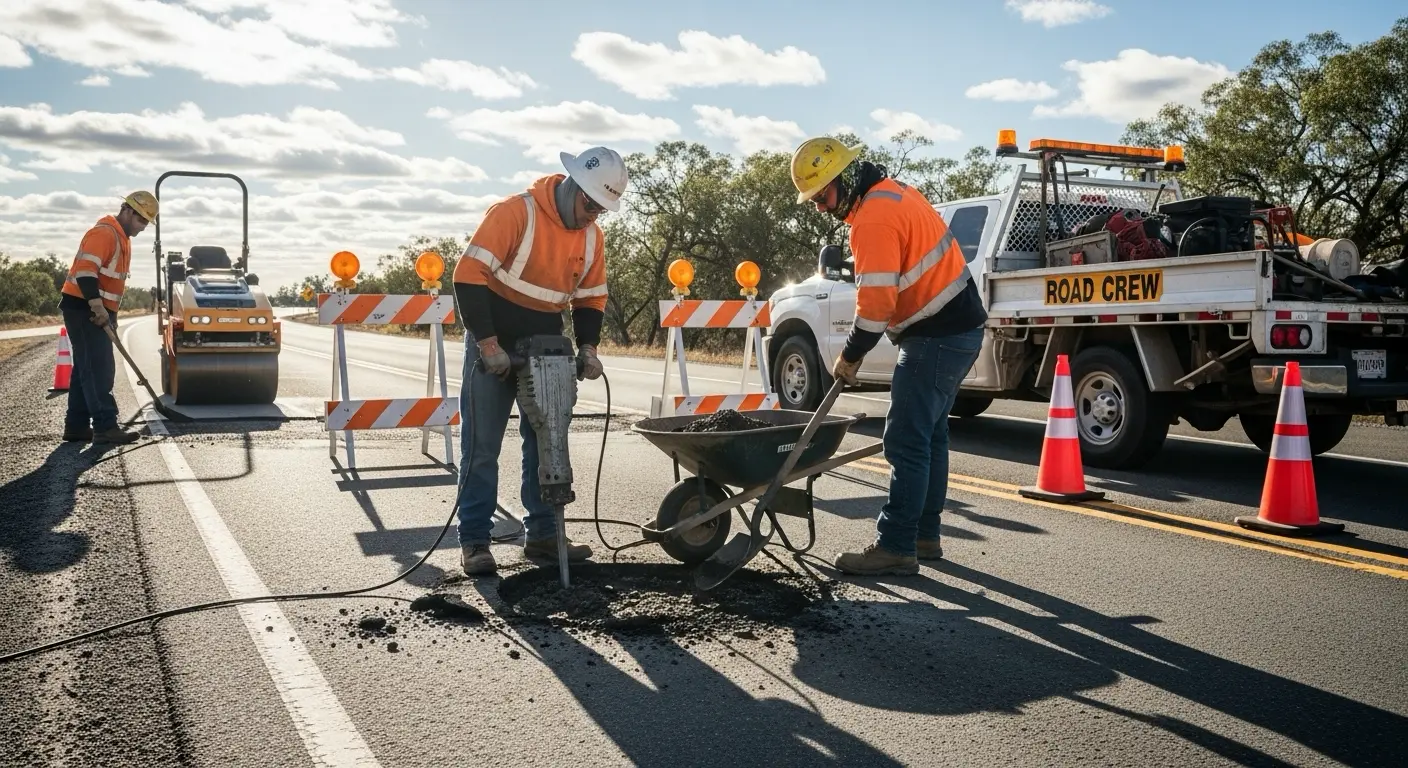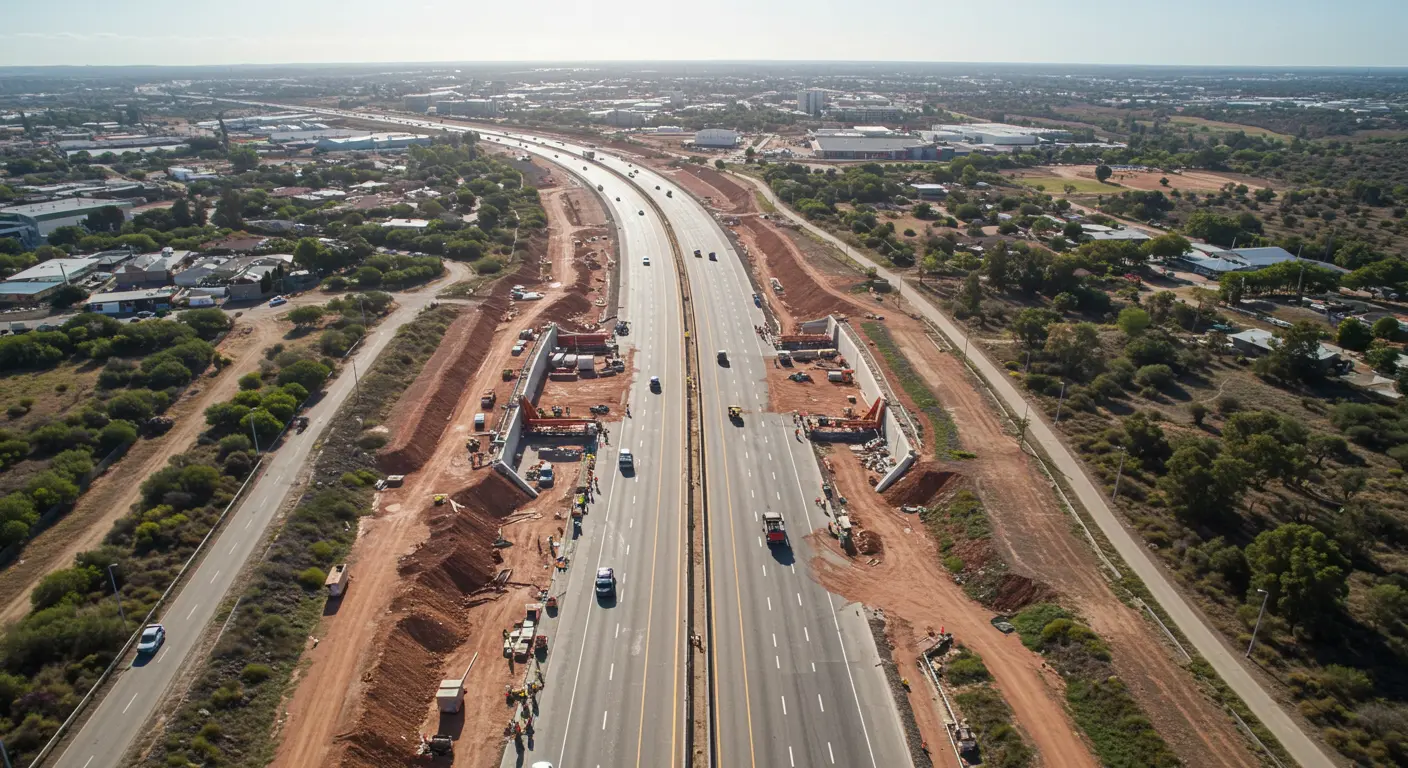Motorists across South Australia are now legally required to slow down to 25km/h when passing stationary roadside assistance and recovery vehicles displaying flashing amber lights. This follows the commencement of new road safety laws aimed at reducing the risk to workers attending breakdowns and roadside emergencies.
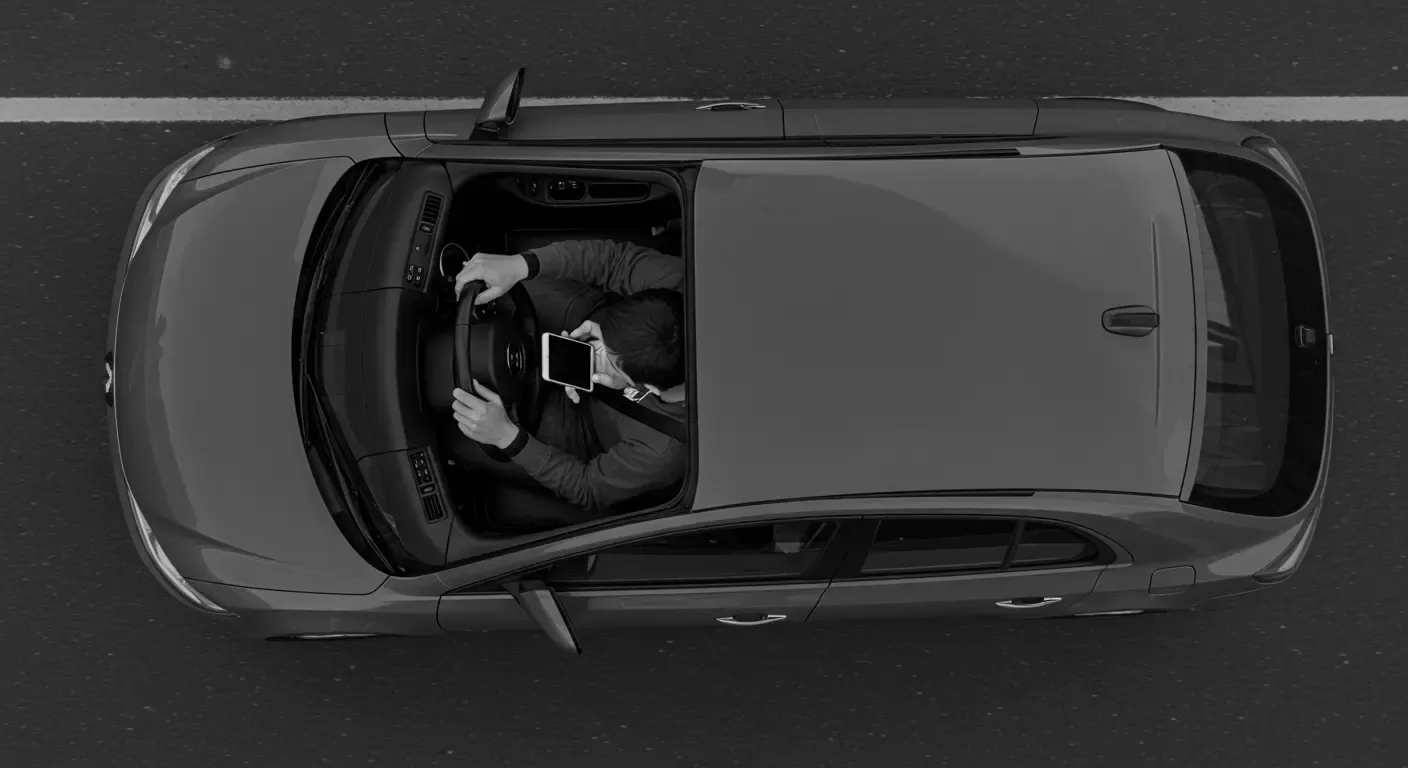
Expansion of Existing Emergency Service Rules
The updated law builds on existing road rules which require drivers to slow down to 25km/h when passing emergency service vehicles with red or blue flashing lights. This expansion now includes RAA patrols, tow trucks, and other recovery or service vehicles operating with amber flashing lights.
Penalties for Non-Compliance
Penalties for drivers who fail to comply with the new rule range depending on the degree of speeding:
- Less than 10km/h over the limit: $202 fine and two demerit points
- 10-20km/h over the limit: $476 fine and three demerit points
- 20-30km/h over the limit: $1,090 fine and six demerit points
- More than 30km/h over the limit: $1,684 fine and seven demerit points
The law applies to all lanes on multi-lane roads, but only in the same direction of travel. Drivers travelling in the opposite direction are not subject to the reduced speed limit.
Support from Roadside Assistance Organisations
The new law is in response to safety concerns raised through campaigns like RAA's "Slow Down for Yellow Too," which highlighted the risk roadside workers face daily. RAA responds to approximately 950 breakdown callouts every day in South Australia. Between 2019 and February 2025, RAA recorded 23 near misses and incidents involving vehicles failing to slow down, including eight cases where patrol vehicles were hit.
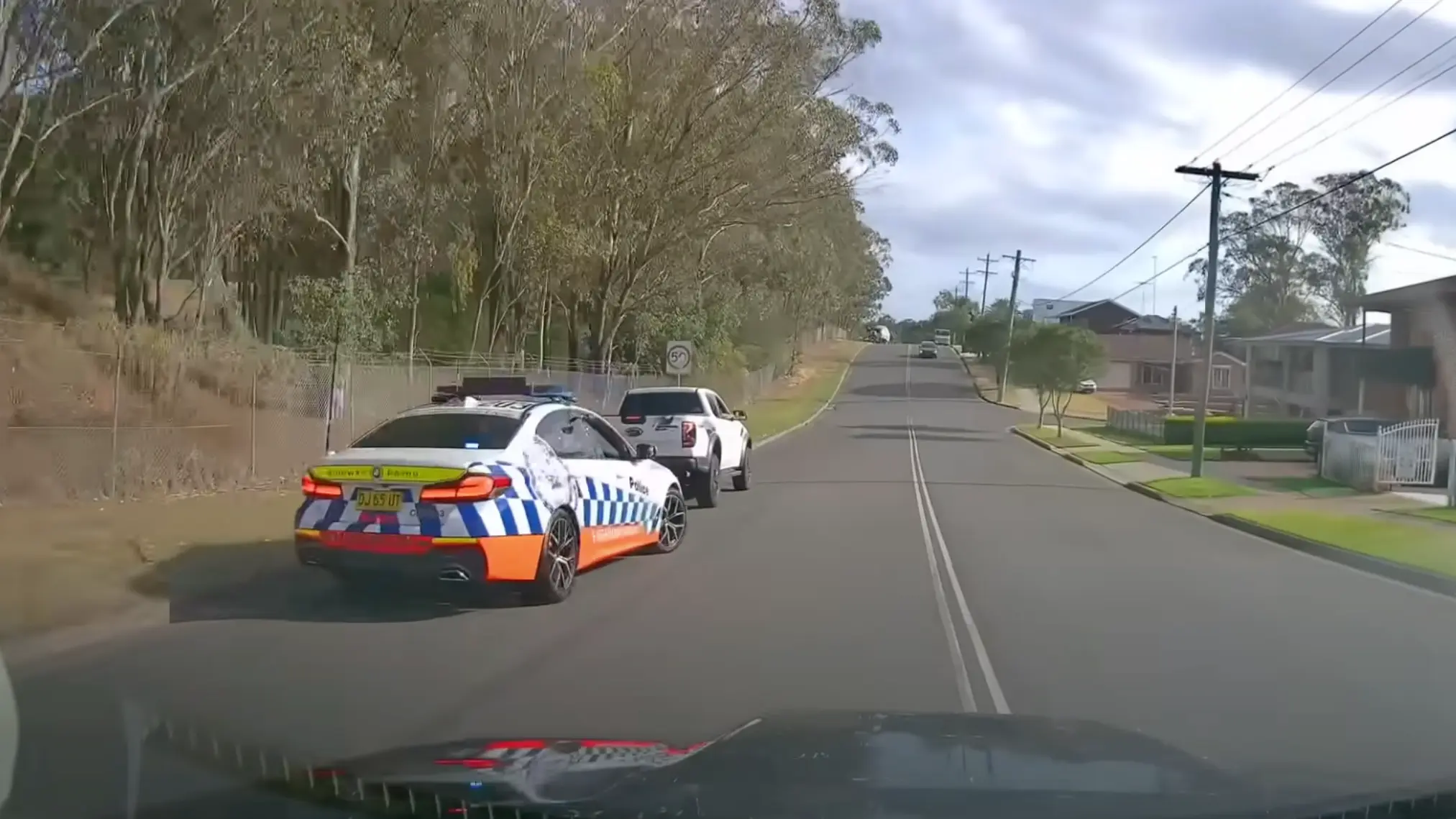
Safety Measures and Clarifications
To be covered by the rule, vehicles must display flashing amber lights such as rotating beacons or light bars. The rule does not extend to garbage trucks, construction vehicles, or council equipment unless otherwise indicated by temporary traffic signs.
Authorities recommend that in addition to slowing down, motorists should move over where safe to provide additional clearance for workers.
National Context
South Australia joins New South Wales, Queensland, Tasmania, and Western Australia in adopting similar measures to protect roadside assistance workers. The goal is to create a safer environment for both service providers and motorists across the state.
Motorists are urged to familiarise themselves with the new requirements and drive cautiously around roadside workers to help prevent future injuries or fatalities.
